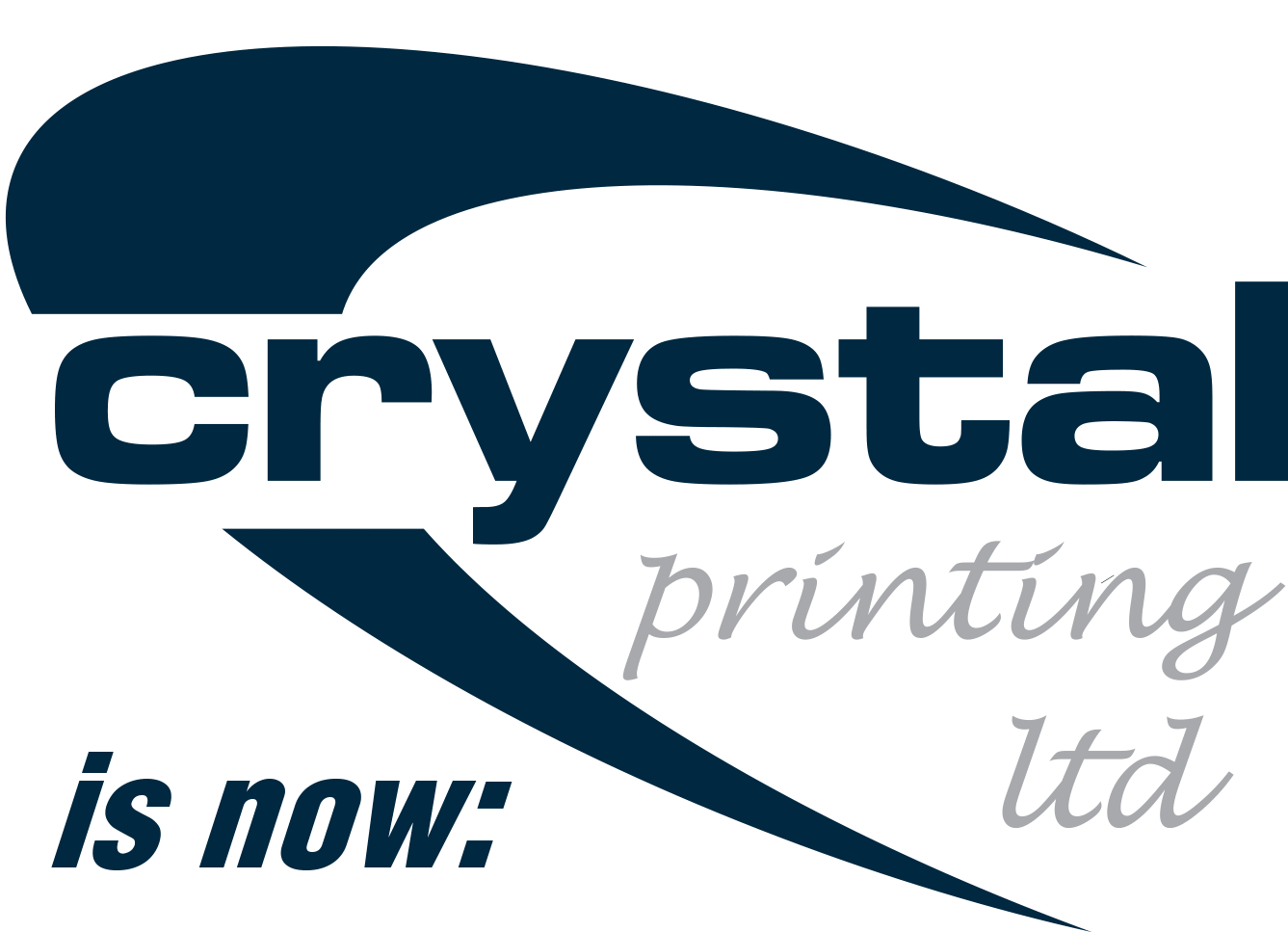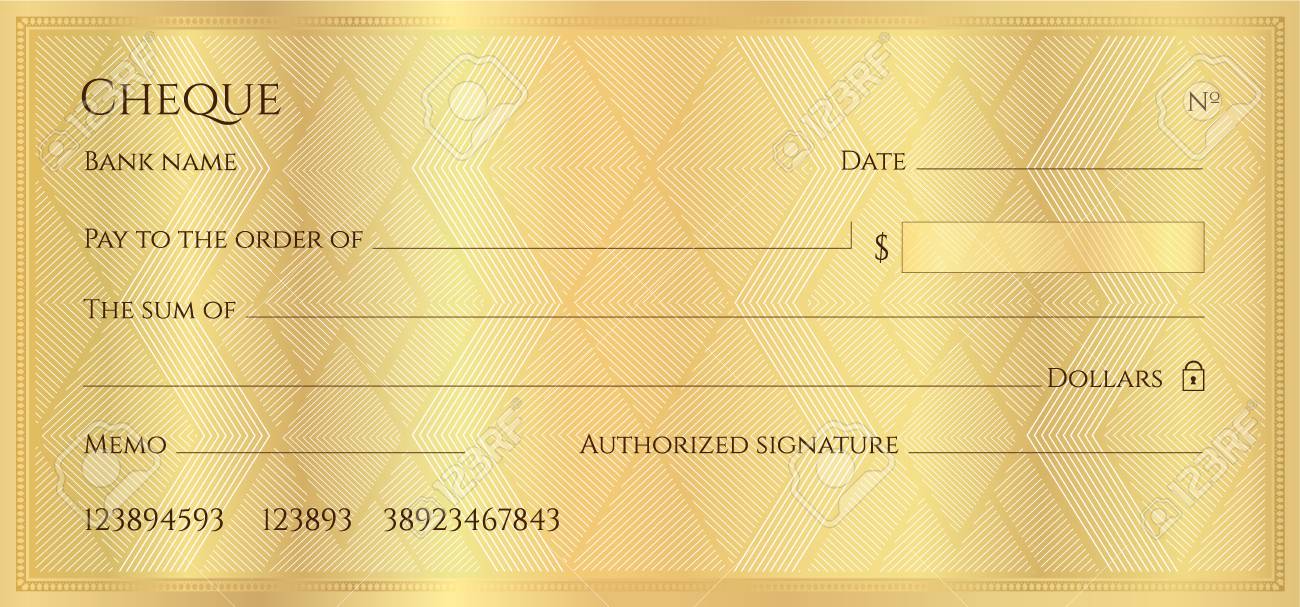Know everything about different types of Cheques & their Purpose
Do you have a bank account ? If Yes, then you must have seen many types of cheques handy.
Cheque is an important document that an individual, company government, and others use to transact their business. There are various types of cheques used in our banking system which has certain protocols that we need to follow while writing a cheque. For example – overwriting on cheque is not permitted.
What is Cheque?
A cheque is a very common form of negotiable instrument. You need a savings bank account or current account in a bank, in order to issue a cheque in your own name or in favor of others, thereby directing the bank to pay the predetermined amount to the individual named in the cheque.This transaction has to be handled very delicately as it may lead to some serious banking frauds.
A cheque is a document which ensures the payment of a particular amount of money on demand to a certain individual or to the bearer of the instrument. It is a printed form which you can use to make payment from your bank account. When you write a cheque you enter the amount of money that you want to send to the person and who is to be paid to, sign and hand it over to the individual you want to make payment to. Your bank then pays the money to that individual (payee) from your account.
It is one of the safest and convenient modes of making payments and is transferred by mere delivery.
One of the benefits of the cheque is that you can transfer a high-value transaction without any hassle which would be very difficult if hard cash was used instead.
The issuer of the cheque has an account (savings or current) with the bank to which it is connected. There are various types of cheque books which depend on the type of account you have.
Some of the important details which should be present in a cheque are as follows-
- A cheque should be dated.
- A cheque should mention the amount of money in figures and words.
- A cheque must be signed by the person (Drawer) issuing the cheque
- A cheque must be drawn upon a specified bank (Drawee).
- A cheque must have the name of the recipient (Payee) of the cheque.
Different types of cheques
1. Bearer cheques
It is also known as open cheque or uncrossed cheque. This cheque can be transferred by mere delivery and needs no endorsement.
The cheque is negotiable from the date of issue up to three months. It turns stale after the completion of three months and needs to be revalidated before presenting to the bank.
However, these types of cheques are very risky and once misplaced can lead to the loss of amount stated in the cheque.
2. Self-Cheques
It comes under bearer cheque where instead of writing the name, the account holder writes “self” to receive money physically from the branch where he holds the account.
3. Account Payee Cheques
A bearer cheque becomes an account payee cheque by writing “Account Payee” or crossing it twice with two parallel lines on the left-hand side top corner.
The amount will be transferred to the account of the person specified on the cheque.
It is considered the safest types of cheques and is also known as a crossed cheque.
4. Post dated cheque
It is a type of a crossed or accounts payee cheque but it is post-dated to meet the obligation at a future date. It is valid from the date of the issue up to three months.
5. Banker’s cheque
Such cheques are issued by the bank itself and guarantees a payment.
6. Traveler’s cheque
You can use such cheques for withdrawal of money while travelling. It is equal to carrying cash but you can travel safely without carrying huge amount. These cheques can be encashed abroad where foreign currency is normally acceptable.




